10 Ways Europeans Changed The Americas Within A Century Of Their Arrival
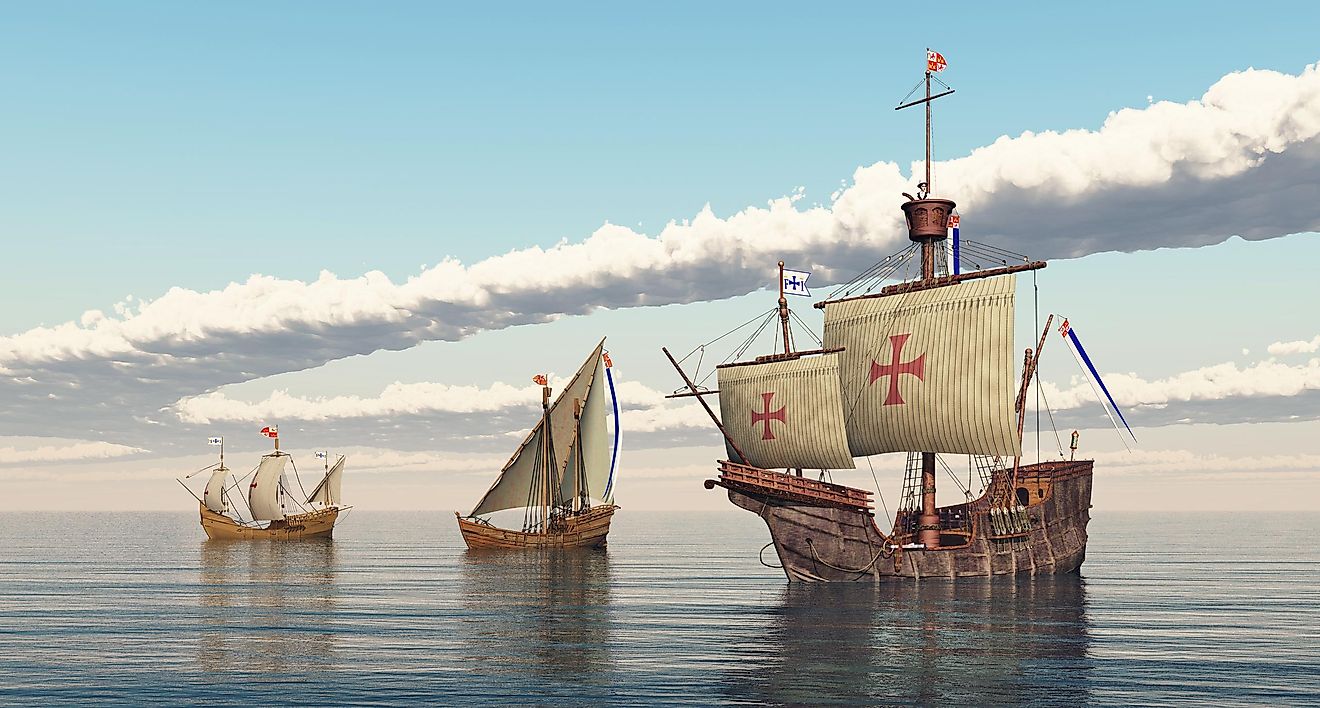
- Upon shoring the Bahamas, Columbus did not believe that he had discovered a whole new continent, thinking that it was Asia.
- The estimates of how many Indigenous people were killed by the diseases brought in from Europe vary greatly, from 8 to 110 million dead.
- The Spaniards implied that they were planning on staying long-term by recreating their old home in the New World: from importing live animals to erecting European-style buildings.
Born in Italy but living under the Spanish Empire, Christopher Columbus was eager to be the first European to reach Asia for trading, especially its Spice Islands, which were famed to have riches.
Upon being denied finances for his exploration by many European emperors, he finally received three ships from the Spanish monarchy, following their conquering of the Muslims in Granada. Naming the ships the Santa Maria, the Pinta, and the Niña, he took sail from Palos, Spain, in 1492, to set the first sight on America since the Vikings. He first set foot in the Bahamas, and then in present-day Cuba, although believing all along that it was Asia.
His exploration began what came to be known as "The Columbian Exchange" referring to the "exchange of diseases, ideas, food crops, and populations between the New World and the Old World", following the initial voyage.
10. Disease and the Viral Syphilis
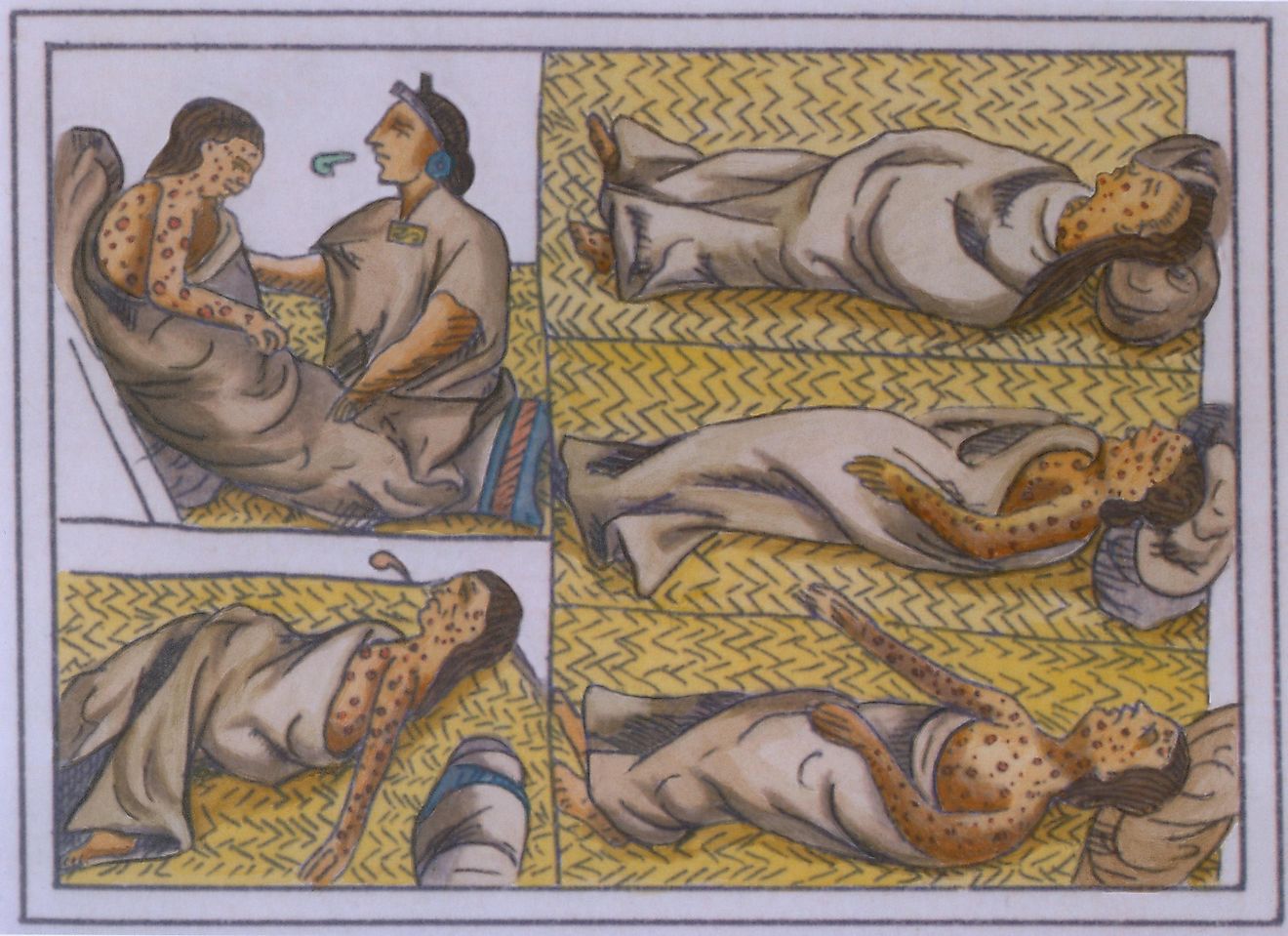
The estimates of how many Indigenous people were killed by the diseases brought in from Europe vary greatly, from 8 to 110 million dead. The lower number is quoted strictly in terms of human-to-human contact upon the arrival of the Europeans bringing diseases like smallpox, typhus and measles. However, with diseases travelling faster than people, perpetually spreading around the world, some believe that initial contact was not the major factor in the infections and the deaths of the Indigenous who had no prior immunity to those strings. Therefore, the higher number refers to all the fatalities from European-borne diseases, regardless of direct contact. What we do know for sure is that diseases ravaged the Indigenous populations, wiping out a large percentage.
The root of viral syphilis has long been debated, particularly whether it existed in the New World all along, having not been differentiated due to the lack of knowledge, or whether it came from the Old World, with the explorers. Only recently, in-depth studies showed that likely it did come from the New World. The first outbreaks of syphilis were recorded shortly after Columbus and crew's intermingling with prostitutes in Europe. The disease continued spreading through Europe, with Russia and Hungary getting the worst of the epidemic.
Syphilis symptoms were also different back then, posing much suffering for the infected individual prior to eventual death, including painful rashes and dementia. By the 17th century, syphilis had evolved into the form we know it to be today.
9. Introducing New Crops and the Cultivation of Land
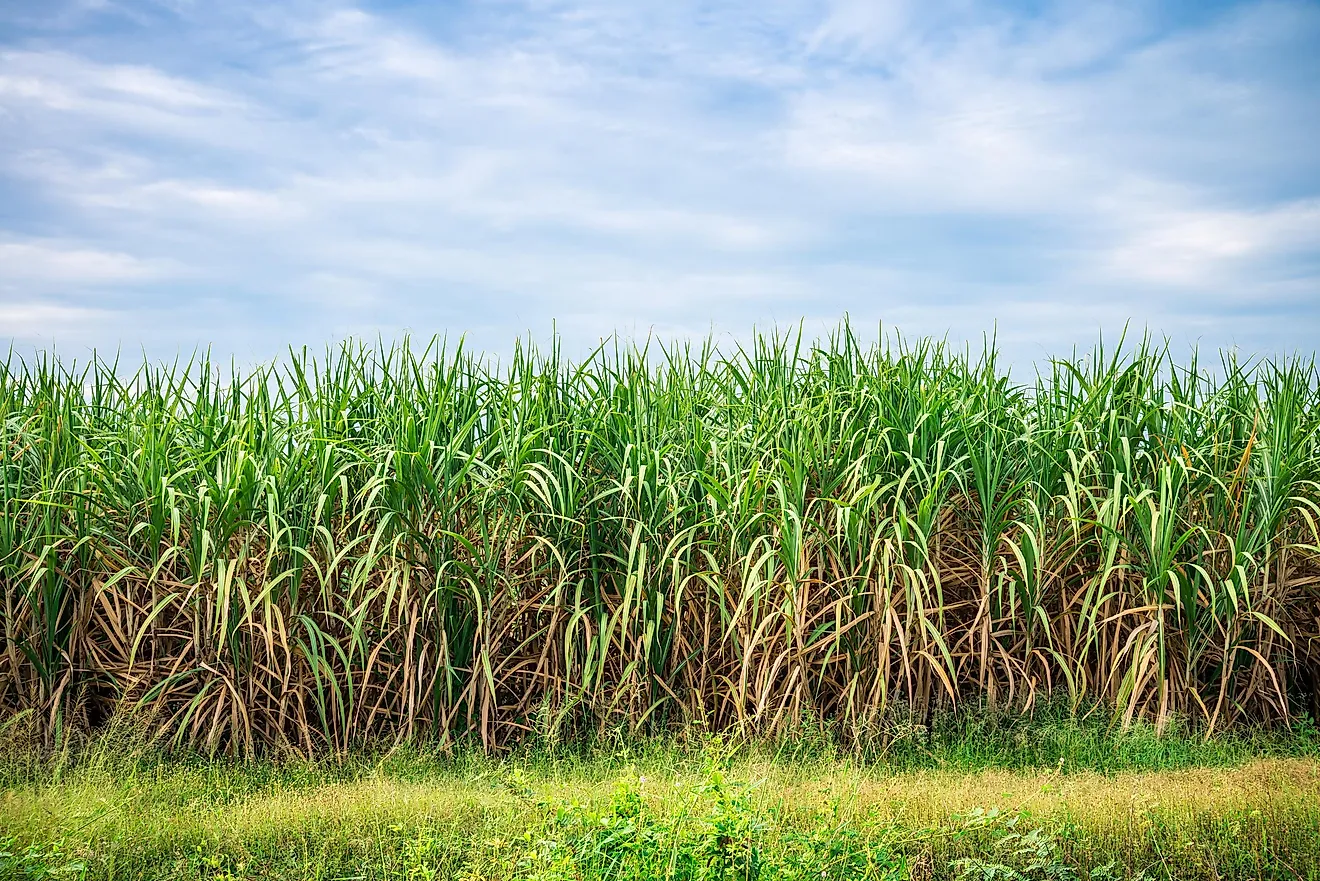
For centuries, Europeans have been cultivating land for food, which was not the case with the Indigenous in the Americas, where hunting animals and gathering berries were the only ways known for survival and nutrition. During the numerous trips to the New World, Europeans brought good to cultivate in crops, including sugarcane, coffee and soybeans. They also established fields, ploughing the land, and passing the knowledge onto their Indigenous neighbours, often through the means of forced labor.
8. Introducing New Tools and Fire Weapons

Aside from the ploughing tools, the Europeans shipped in fishing rods and nets for efficient sea catches, previously lacking from the Native inventory.
The bow/arrow and the spears, utilized by the Indigenous for hunting, were also not nearly as precise or deadly, as firearms, imported by the Europeans, to kill large and small animals for food and fur. Unfortunately, firearms caused many deaths in the Native tribes, at the hands of the Europeans.
7. Animals
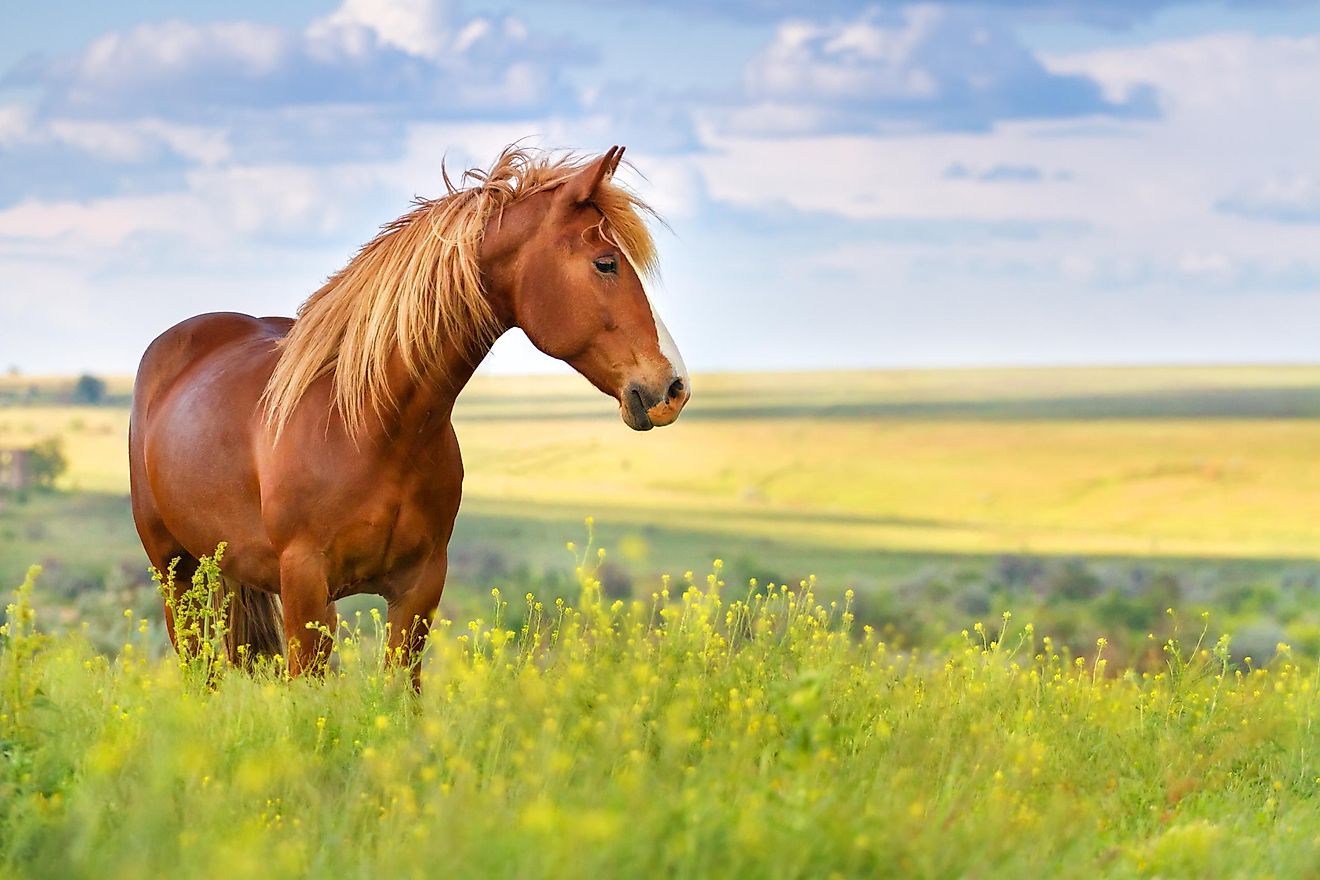
In 1519, Hernán Cortés arrived in Mexico, bringing with him 16 of the first horses to ever set hoof in the Americas. Columbus also brought horses to the New World. Shortly after, pigs, goats, sheep, chickens, cats, cattle, donkeys, bees and new dog species were also introduced. The goal was to give the New World the ambience of the Old World, making it feel like home for the long-term settlers of the regions.
Unfortunately, the firearms also allowed the Spaniards to effectively hunt and kill off the bison, native to these lands and a prominent food source for Indigenous groups.
6. Land Exploitation for Economic Purposes
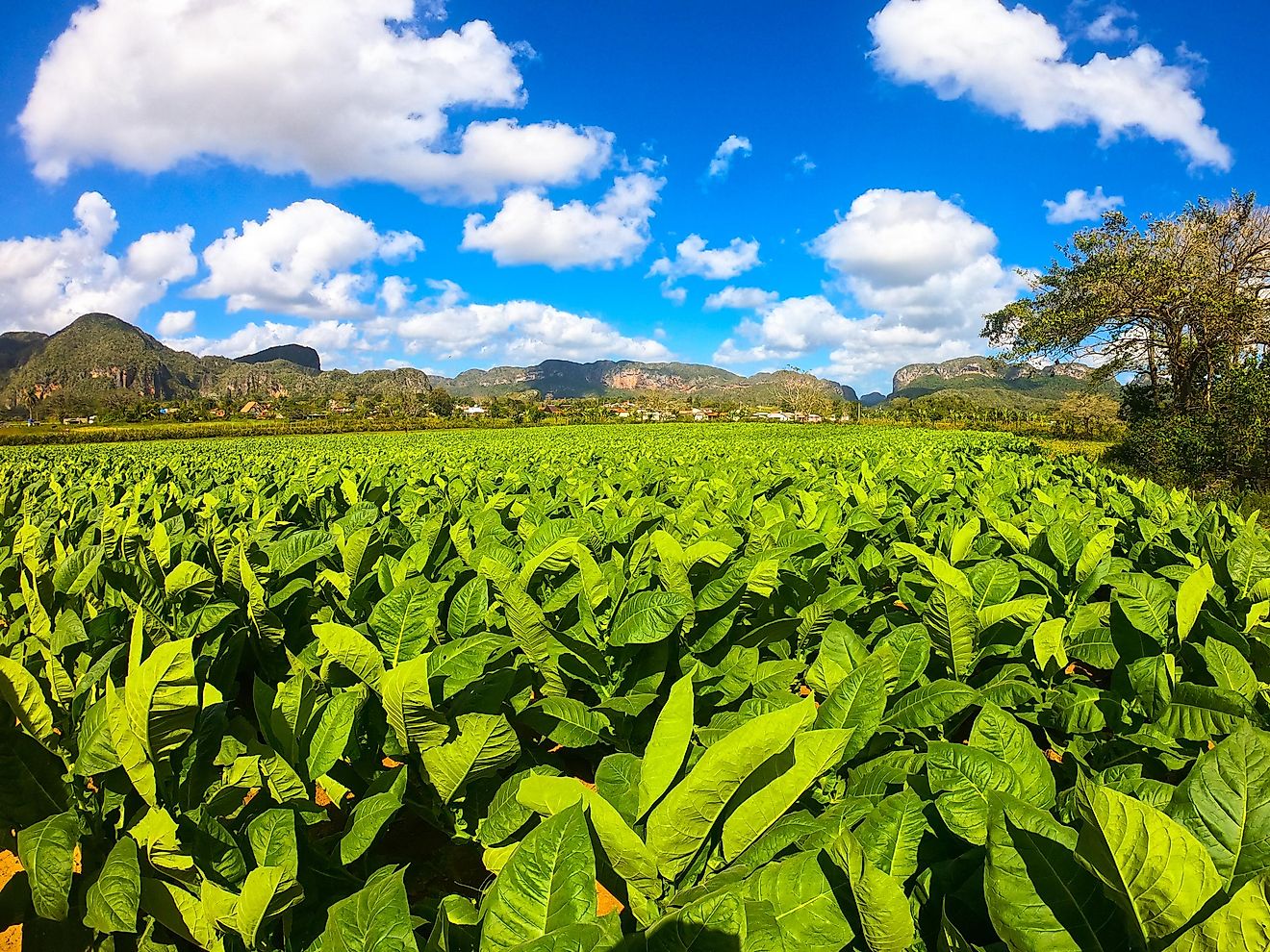
Having been introduced to tobacco by the Indigenous, Europeans started cultivating it in large volumes, smoking it themselves and sending shipments back home. Having discovered that the Indigenous were growing potatoes and tomatoes, in the present-day Peru region and the Andes, respectively, and never before seen by the Europeans, they immediately knew that these tasty fruits-of-the-land would be of high value back home.
Although the Europeans were handy at cultivating the land, they primarily focused on their personal fulfillment. Whether they would export the goods back home for sale or satisfy their own living in the New World, they left the best for themselves and little for the Indigenous, while also exploiting the natural resources.
5. Construction
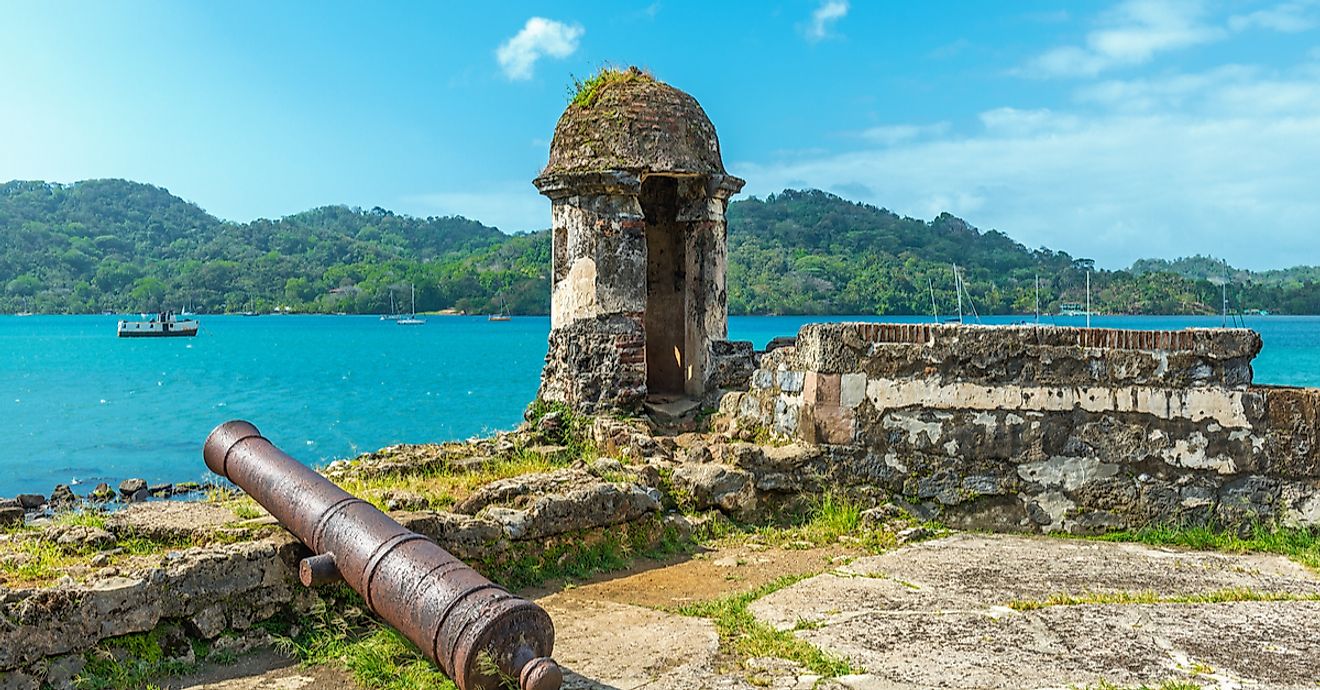
The first constructions to be erected in the New World by the Spaniards were trading posts and small outposts, which aimed to aid in the shipments of goods back home and to receive materials for further colonization. With it being difficult to transport stone overseas in the amounts needed for adequate construction, in the 1600s, first forts were built from the local stone, forcing the Indigenous peoples to partake in acquiring the materials, as well as in the building processes. These forts established protection for the Spaniards from other groups that were making way to the New World. Sometime after, permanent houses, farms, chapels and other buildings were built, resembling the European architecture in their styles.
4. Slavery and Economic Dependence

Already following his first exploration, Christopher Columbus brought home gold and slaves in 1493. Almost immediately departing again, he eventually set foot on mainland America (still think he was in Asia), changing the region and its people further.
Upon the discovery of gold, Europeans forced the Indigenous to excavate it for shipments home. Already weakened from disease and the harsh working conditions, they were now forced to work in a situation that prioritized the amounts of gold excavated over their safety and sanity. To reinforce the weaning labor forces, Europeans would bring in African slaves to speed the process along.
When it became evident that the gold supply was getting depleted, the Europeans redirected many of the Indigenous workers to the sugarcane fields. With sugarcane crops thriving in Antilles, Mexico, and Brazil's climate, the Europeans saw it as another opportunity to make a lot of money back home.
They also got the Indigenous involved in the cash economy, making them dependent on the Europeans for even a meagre survival.
3. Alcohol

There are two prevailing myths associated with alcoholism and Indigenous peoples. The first myth states that Indians were genetically predisposed to alcohol abuse. This is incorrect, as it would be the same to say that all people, regardless of their race, are predisposed to alcohol. It is more correct to say that alcohol is an addictive substance, and all people are predisposed to becoming addicted, with the Indigenous no more than any other race.
Before the Columbian Exchange, the Indigenous did not have alcohol to consume like the kind the Europeans had, while the Europeans had long practiced succumbing to its effects: the increased bravery and the heightened enjoyment. Unlike the Indigenous, they also knew about the highly addictive quality of alcohol, keeping it unmentioned upon introducing the substance to the Indigenous. Others argue that the Europeans had time to adjust to alcohol, while the Indigenous were suddenly drinking the traded alcohol litres at a time.
The second myth states that the Indians got addicted at their own fault, being unable to deal with the rapid modernization that the Europeans sought in the New World. Some infer that Europeans purposely would get the Indigenous drunk to make the conquering easier. Others say that it was not intentional, and was just one of the goods traded by the Europeans, which the Indigenous seemed to enjoy.
Nevertheless, decades later, the bias of the Indigenous alcoholics and menaces persists. Meanwhile, a white person with a drinking problem is often overlooked.
2. The Last of the Maya
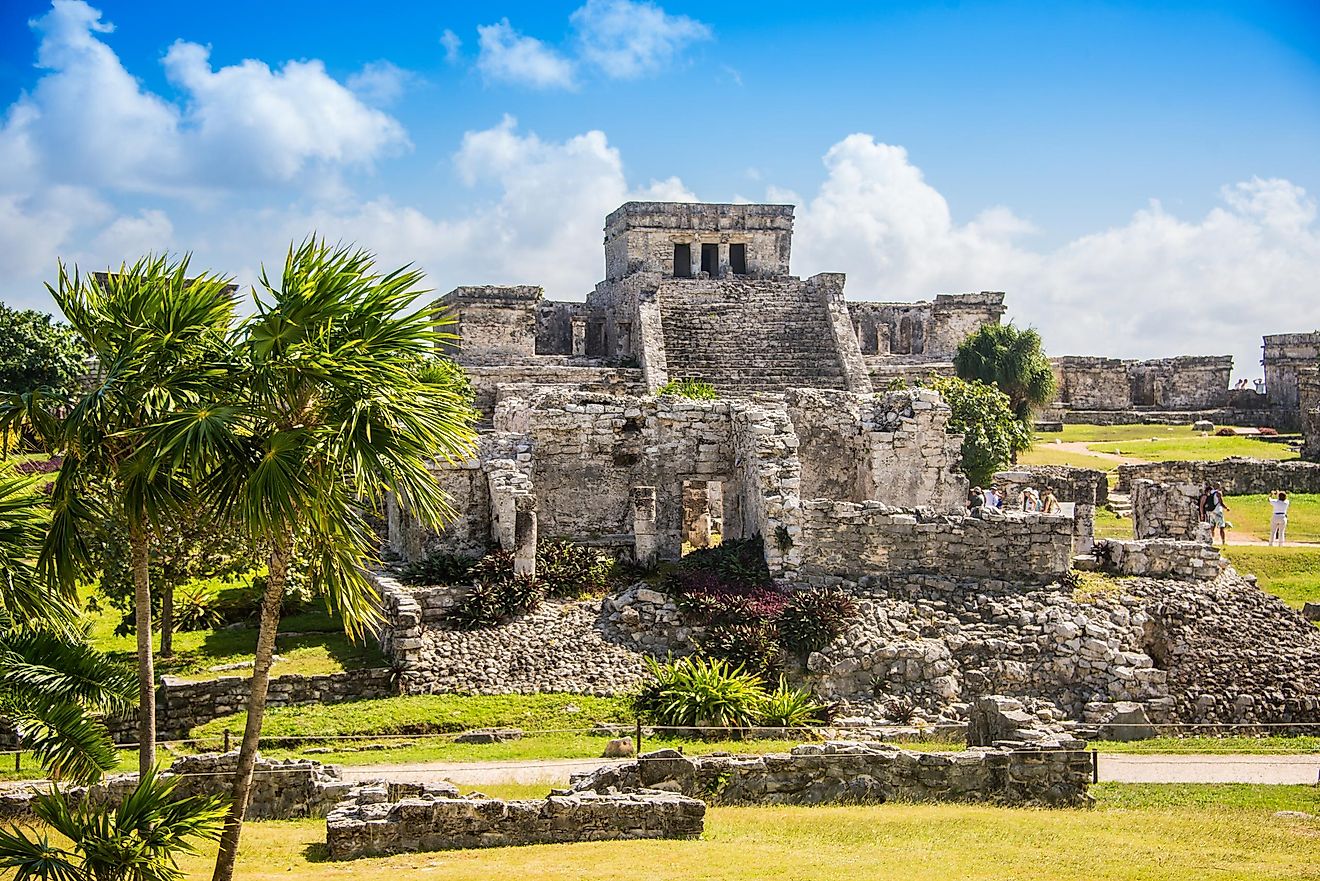
"On March 13, 1697, Spanish troops from Yucatán attacked and occupied Nojpeten, the capital of the Maya people known as Itzas, the inhabitants of the last unconquered native New World kingdom...Despite protracted resistance from the native inhabitants, thousands of them were forced to move into mission towns, though in 1704 the Mayas staged an abortive and bloody rebellion that threatened to recapture Nojpeten from the Spaniards" (Grant D. Jones, The Conquest of the Last Maya Kingdom).
Residing in the region of Guatemala and Mexico, in South America, the Maya culture reached its peak of power in the 6th century AD. Leaving behind symbolic architecture and artwork, they were one of the most intelligent early civilizations, executing quality pottery, calendar-making, and calligraphy, as well as being skilled in agriculture, astronomy and mathematics. They built their civilization craftily in the rainforest, taking advantage of the many plants and fruit that their environment bore, including bamboo, coconut, and other exotic species. They used limestone for construction, volcanic rock for tools, and even had salt to consume.
Although their noticeable decline began in the 900s, AD, it is unclear what exactly sealed their fate, with the eventual depletion of the natural resources which ultimately disabled them from feeding large quantities of people, as well as a long period of drought being two prominent theories. Studies show that the last of the Mayans tribes were extinguished by the European explorers, although not Columbus himself. However, 60% of Guatemalans today are of Mayan descent.
1. Language and the Forced Assimilation
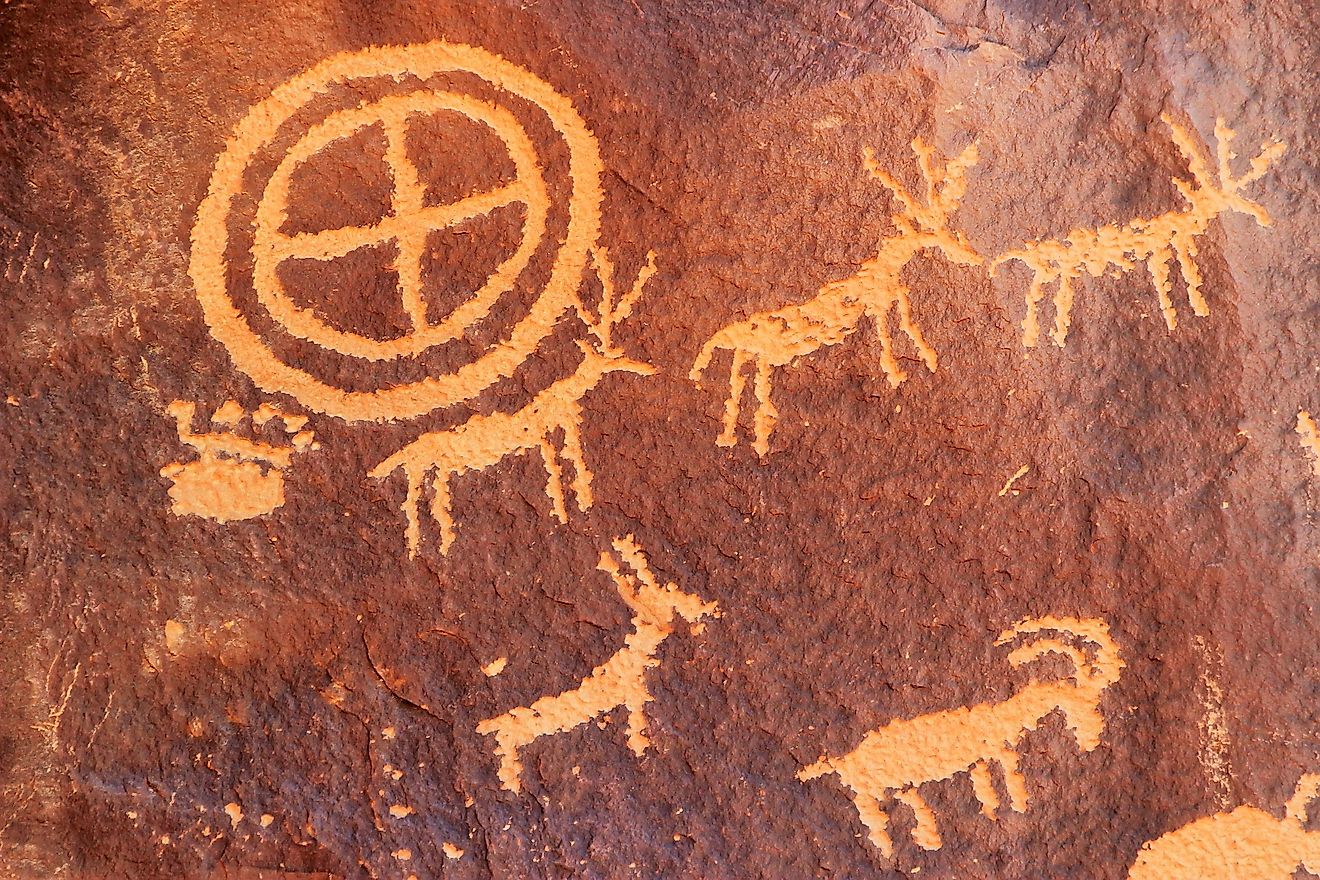
According to the Gettysburg College studies, none of the Indigenous tribes had a written language. The Europeans introduced them to the Roman letters, insisting that they learn their single alphabet to make the communications between the parties easier, as opposed to trying to understand the myriad of languages of the Indigenous tribes.
Prior to the exchange, there were many Indigenous tribes with distinct customs, religions, hierarchies within their societies, and thousands of languages and dialects. Through the above-mentioned methods and European reasoning, a non-reversible process has started within the first century of their arrival, to change the New World forever, significantly eliminating the culture and the languages of all Indigenous tribes.
While some interactions between the explorers and the Indigenous have been positive, such as sharing practices and discovering new crops, Europeans believed that their duty was to "civilize" the Natives, resulting in the full loss of sovereignty for the latter. What began as many independent groups with a myriad of languages, cultures and traditions, has changed into a more narrow spectrum of tribes, while English, Spanish, and Portuguese languages prevailed through the legacy of colonialism.
Slowly, Indigenous cultures and traditions have regained their value, with the belief that diversity is a good thing, as well as the preservation of the remaining Indigenous languages gaining significance in the 20th century.











